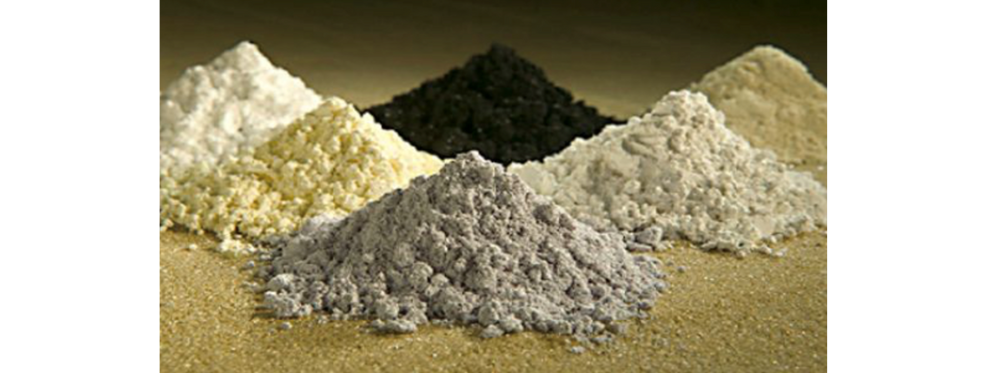Several things are operating to intensify the rare earth supply crisis. It’s essential to look at their use, political challenges, how the market is changing, and more.
Moving away from fossil fuels is creating a massive increase in demand for rare earth oxides, irreplaceable elements integral to permanent magnets. These critical components are increasingly used in electric vehicles and sustainable power generation equipment, especially windmills. Companies are trying to transform technologies and expand the United State’s rare earth options.
The problem is that 90% of all permanent magnets are currently produced in China, and they may ban or restrict rare earth processing and refining exports and prohibit or limit exports of alloy technology used in making high-performance magnets. China is already restricting exports in favor of satisfying domestic demand while strangling the global transition. China’s domestic market is experiencing a boom in the rare earth oxide sector.
The United States promised to reach net-zero emissions by 2050, cutting the country’s greenhouse gas emissions in half by 2030. Electric vehicle sales need to reach 60% of total vehicle sales by 2030 to reach net-zero CO2 in 2050. Little wonder there is a new emphasis on technologies that utilize rare earth oxides.
Ucore Rare Metals, Inc. is developing technology and assisting with the creation of an independent supply chain of rare earth oxides for North American manufacturers. Ucore focuses on the most profitable sector of the supply chain, processing material, and avoids the risks of large CAPEX requirements. Ucore has caught the attention of a milestone “company maker” partner: the U.S. government.
It has been awarded a $4 million contract by the U.S. Department of Defense (DoD); the contract notes that, upon successful completion of the initial project, a follow-on production award may be awarded to Ucore to offer a streamlined method for transitioning to follow-on production. Ucore will utilize its RapidSX Commercial Demonstration Facility in Kingston, Ontario, to deliver several technical requirements under the contract’s element supply chain solution. The DoD wants to see RapidSX, as a potential paradigm shift away from conventional metal separation technology such as that used in China. The benefits include demonstrating rare earth separation processing at a rate more efficient than conventional solvent extraction and separating both light and heavy rare earths.
Ucore’s demonstration facility in Kingston is expected to speak volumes to the opportunity and potential of RapidSX. The full-scale production plant is scheduled to initially process 2,000 tons of total rare earth oxides by the end of 2024, increasing to 5,000 tons in 2026. All of this aligns with the final primary purpose of the $4 million DoD contract. Ucore will provide the DoD with a techno-economic analysis of RapidSX versus conventional solvent extraction, along with all the other benefits.
Ucore is structured for rapid growth in a sector that will provide products critical to the successful electrification of the North American economy and the movement away from reliance on China. The industry has plenty of room for multiple players and different avenues for investor exposure, and potential players are coming to the fore.

